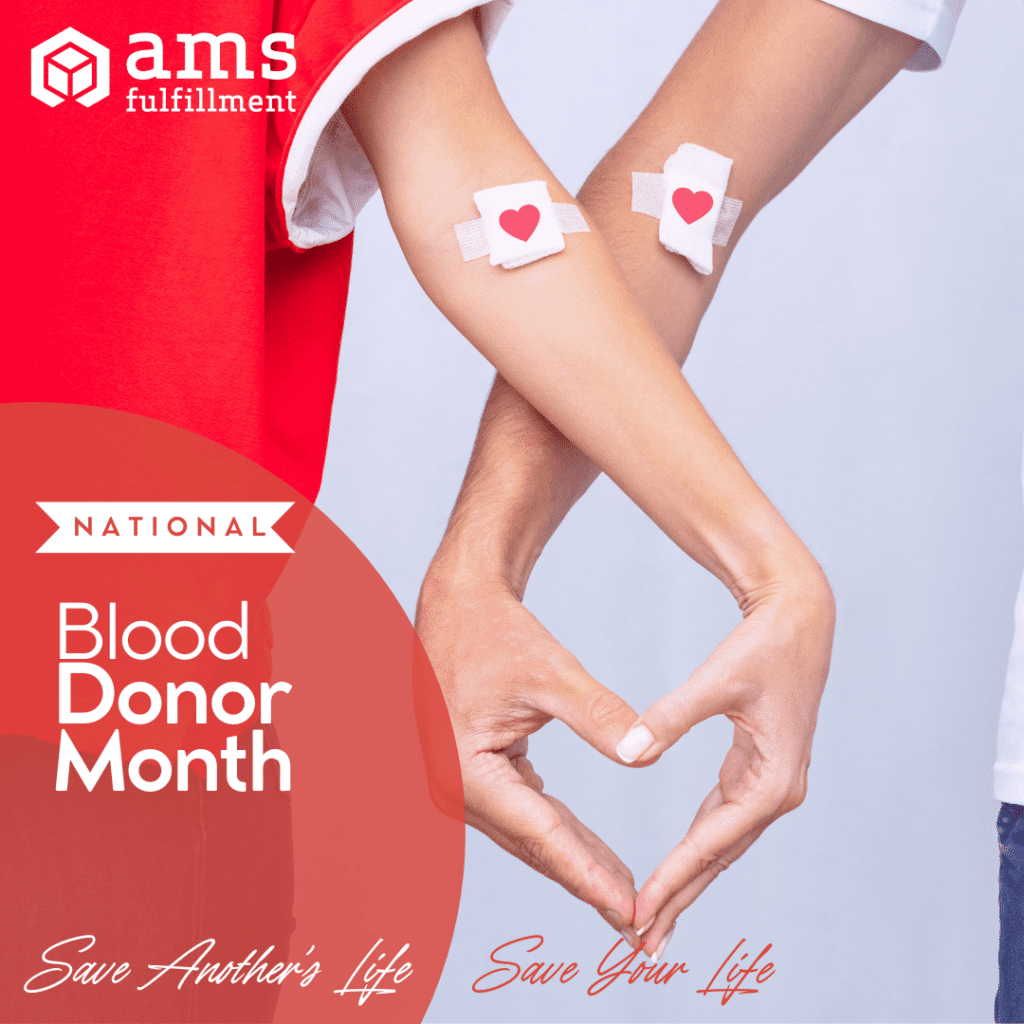
January is National Blood Donor Month. The reason January was chosen makes a bit of sense… it’s Winter. Donations decrease in Winter, so the message goes out to the people – please become a blood donor or go ahead and donate now if you are accustomed to donating.
Donating blood is easy, painless, fast, and you don’t need to go far. Please visit this Red Cross website where you can enter your zip code and find a location near you. [LINK]
Knowing your blood type could save your life when every moment counts. Do you know yours?
According to a 2019 CBS News poll, only 66% of Americans reported knowing their blood type. Considering blood type can be vital to understanding your health, including your heart health, and saving your life in an emergency, it’s important to know what type of blood courses through your veins.
We looked into the needs for donations at the Red Cross website.
“Every two seconds someone in the U.S. needs blood. It is essential for surgeries, cancer treatment, chronic illnesses, and traumatic injuries. Whether a patient receives whole blood, red cells, platelets or plasma, this lifesaving care starts with one person making a generous donation.”
Let’s take a glimpse at the history of Blood Donor Month and then we’ll look at how donating blood benefits the donor, and how donating benefits the recipient.
“National Blood Donor Month began in January 1970 with a proclamation from President Richard Nixon, aiming to raise nationwide awareness about the critical need for blood donations during the winter. Each January, it serves as an opportunity to honor blood donors and inspire new ones, highlighting the essential role of blood donation in saving lives. Over the years, National Blood Donor Month has grown into a nationwide effort, uniting blood donation organizations, communities and volunteers in a continuous mission to maintain a stable and sufficient blood supply.” More from the Red Cross [HERE]
Benefits for the Donor
Who knew there were benefits to donating blood? One would imagine that giving up some of your blood would be a detriment, not a benefit. But, according to the Florida Health website there are benefits.
Benefit #1 is apparent, you get to help someone who is ill, perhaps even saving a life. That feels good and IS good with millions of people in need.
Benefit #2 is that you burn calories. Quoting from the article: “Researchers at the University of California, San Diego have found that you can lose up to 650 calories per pint of blood donated. That’s not a bad deal for kicking back and doing a good deed.”
Benefit #3 is that donating lowers the risk of cancer. The donation reduces iron in the blood, and iron has been associated with free-radicals. The article points to a study showing that a group that donated two times a year lowered their iron levels and thus the risk of cancer.
Benefit #4 is with regard to heart health: “Another benefit of donating your blood is getting your heart into tick-top shape. Donating lowers the viscosity of your blood which reduces the friction on your arteries and blood vessels. A study in the American Journal of Epidemiology showed that men who donated blood once a year had an 88 percent lower risk of heart attack than men who skipped out.”
It’s good to know there are health benefits to the donor! To read the entire article click [HERE].
Benefits for the Recipient
Going back to the Red Cross, we see the following. “The average red blood cell transfusion is approximately 3 units. A single car accident victim can require as many as 100 units of blood. Blood and platelets cannot be manufactured; they can only come from volunteer donors.”
The article gives some facts about blood needs. The first list offers surprising statistics – every two seconds someone in the US needs donated blood. This amounts to 29,000 units of red blood cells every day as well as nearly 5,000 units of platelets and 6,500 units of plasma. This amounts to 16 million blood components transfused each year.
More interesting facts: “The blood type most often requested by hospitals is type O. One donation can help save more than one life. Type O negative red cells can be given to patients of all blood types. Because only 7% of people in the U.S. are type O negative, it’s always in great demand and often in short supply. Type AB plasma can be transfused to patients of all blood types. Since only 4% of people in the U.S. have type AB blood, this plasma is usually in short supply.”
Blood donations help persons with sickle cell disease, and persons undergoing cancer treatment that can affect blood cells, like leukemia. Transfusions are given to patients going through chemotherapy, or those who need stem cell transplants. Blood is also given during surgery, any time there is severe bleeding from an accident, even sometimes during childbirth there may be a need. Red blood cells, plasma or platelets are needed, and we are the only source of this life-giving essence.
We hope you will consider donating blood this month when the need is a little greater due to the season. Once again… THANK YOU to all donors! Your help is needed.
** ** **
AMS Fulfillment is a B Corporation. We aim to B the Change we want to see in the world.




